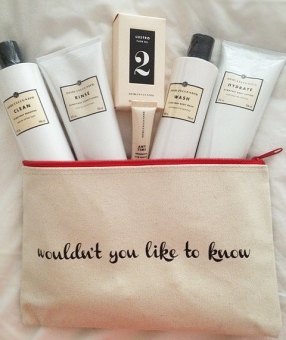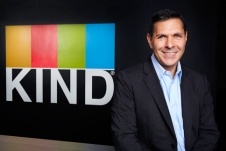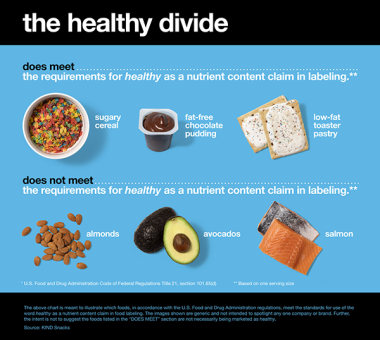It’s the middle of an election year and, according to the Pew Research Center, the country hasn’t been this polarized since the Civil War. In such a climate, it would seem to be an oxymoron for a company to push for both financial growth and tighter regulations. Gregg Renfrew, CEO & Founder of Beautycounter, wouldn’t agree, however, and she is on a quest to “put safe cosmetics into the hands of everyone.”
In 2012, a federal analysis showed that 400 popular lipsticks contained trace amounts of lead. As reported in The Washington Post, “in 2007, the Campaign for Safe Cosmetics tested 33 red lipsticks and found that two-thirds of them contained lead — and that one-third exceeded the FDA’s limit for lead in candy.” Since 1938, when the FDA was given authority to oversee the safety of cosmetics, the agency has enacted almost no regulations on the use of ingredients in cosmetics. In fact, cosmetic labels list known toxins linked to cancer, reproductive issues, and hormone disruption without warning their customers. (The Environmental Working Group has built an extensive database to compare ingredients listed on cosmetic labels with databases on chemical toxicity.)
Before launching Beautycounter, Renfrew had already established herself as a retail leader. Regarded as a serial entrepreneur, she is known for turning concepts into thriving businesses. Prior to founding Beautycounter, she sold her successful bridal registry company, The Wedding List, to Martha Stewart Living Omnimedia. Renfrew also served as CEO for the legendary children’s retail group Best & Co., which she reinvigorated through design, traditional retail, and hundreds of national trunk shows. Renfrew has led new-concept, brand, marketing, merchandising, and operational consulting engagements with Bergdorf Goodman, Goldie Hawn and Kate Hudson, Intermix, Sugar Paper, Lela Rose, and Jessica Alba, among other high-profile corporate and entertainment clients.
 In an interview with the Huffington Post, Renfrew explained the reason behind her company: “I started Beautycounter because I wanted to create a safer and healthier place for my children, family, and ultimately everyone in the world. My decision to start a company was initially rooted in emotion, but being the serial entrepreneur that I am, it translated into an incredible vision for a business that is filling an existing void in the marketplace.”
In an interview with the Huffington Post, Renfrew explained the reason behind her company: “I started Beautycounter because I wanted to create a safer and healthier place for my children, family, and ultimately everyone in the world. My decision to start a company was initially rooted in emotion, but being the serial entrepreneur that I am, it translated into an incredible vision for a business that is filling an existing void in the marketplace.”
Because Renfrew knew that Beautycounter had a story to tell, she decided against creating beauty counter displays in department stores. Instead she committed to an ecommerce platform and selling via independent consultants, thus allowing the company’s mission to be shared online and friend to friend. In addition, Beautycounter strategically partnered with Gwyneth Paltrow’s Goop.com and J Crew.
In the fall of 2015, Renfrew joined a group of industry experts on a trip to Capitol Hill. “At Beautycounter, we are leading a movement for better beauty. We are a company who is pro-commerce and pro-regulation. While we have shipped close to two million products, we know it’s only the beginning – there is a lot of work to be done. We are radically transforming the beauty industry by introducing safer, high-performance products into the marketplace,” said Renfrew.
Join us on March 7-8 for BRITE ’16 and see Gregg Renfrew talk about how Beautycounter is aiming to transform the beauty industry. REGISTER NOW.
BY GABRIELA TORRES PATIÑO






